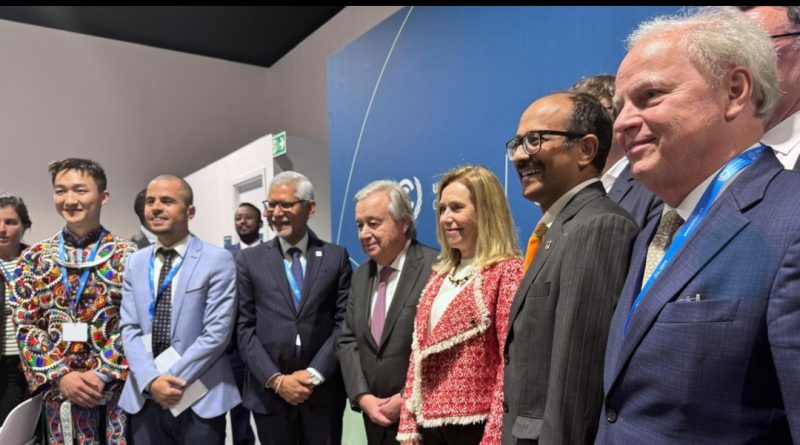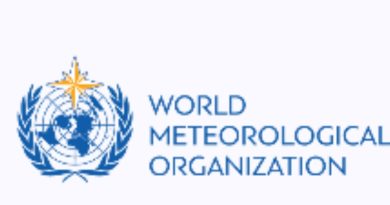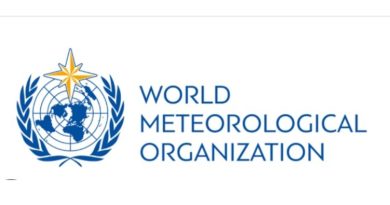Early Warnings improves Globally while Vulnerable countries are still disproportionately affected.
Oru Leonard
The UN’s Early Warnings for All initiative is making great strides in protecting people from extreme weather events, but vulnerable countries are still disproportionately affected.
At the COP29 conference in Baku, Azerbaijan, leaders emphasized the need for urgent action, funding, and technology to support this initiative, which aims to have everyone on Earth protected by early warning systems by 2027.
Extreme heat is emerging as a major killer, and traditional flood and storm-related losses are still a significant concern. However, investing in early warning systems can provide a ten-fold return and avert losses of up to $16 billion annually.
Key Challenges and Opportunities include:
– Disproportionate Impact: Vulnerable countries suffer the most from disasters, with limited access to early warning systems.
– Extreme Heat: A growing threat that demands attention and action.
– Climate Finance: COP29 must deliver a new climate finance goal to support early warning systems.
– Collective Action: A “whole-of-society” approach is necessary to address the climate crisis.
Global Efforts:
– The World Meteorological Organization (WMO) and the United Nations Office for Disaster Risk Reduction (UNDRR) are leading the charge and has made significant global efforts.
– The Climate Risk and Early Warning Systems (CREWS), initiative has invested over $100 million in vulnerable countries.
– National Meteorological and Hydrological Services are crucial for effective early warnings.
The message is clear: early warning systems are not luxuries, but necessities. Let’s work together to ensure everyone on Earth is protected from hazardous weather, water, or climate events.




